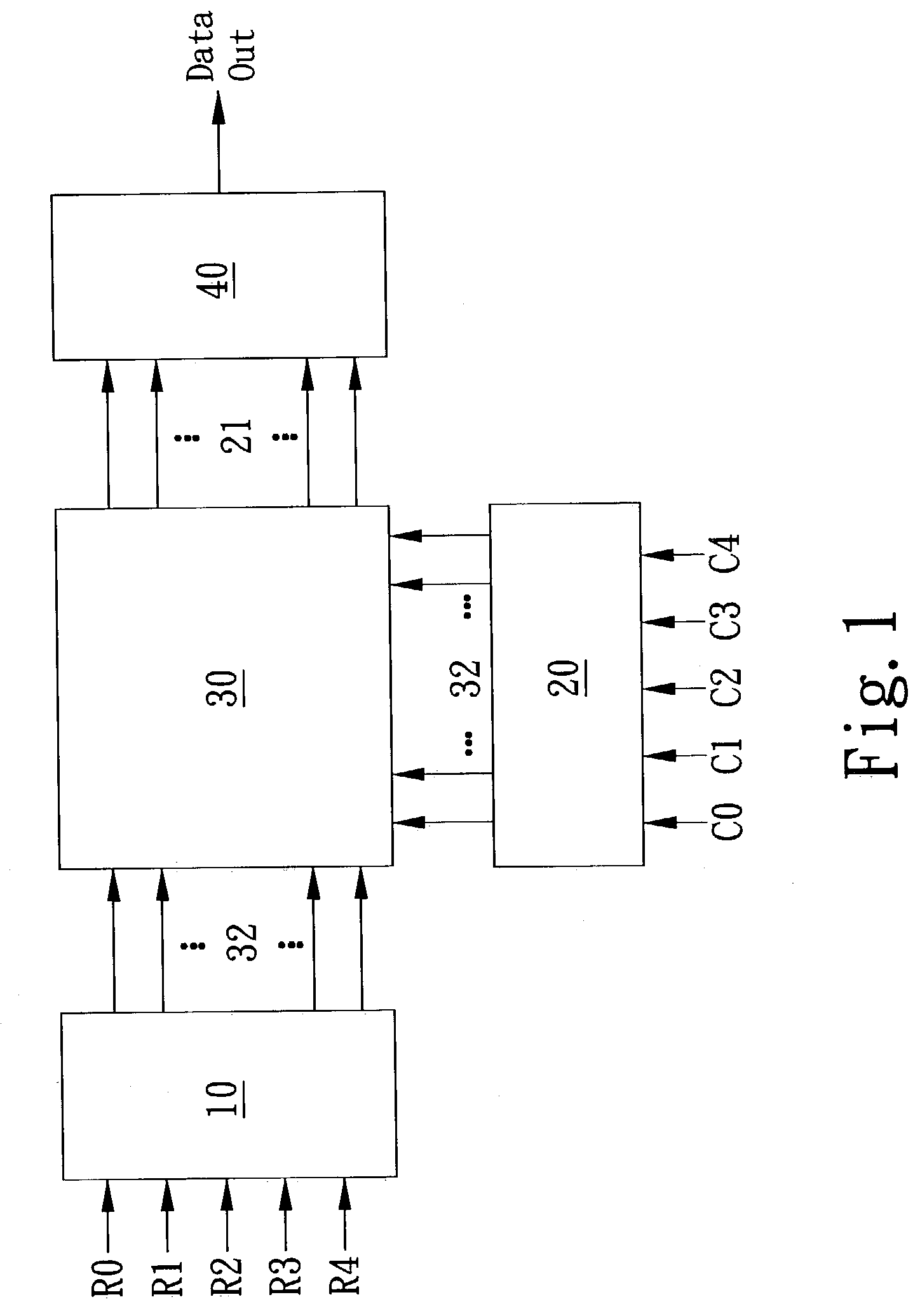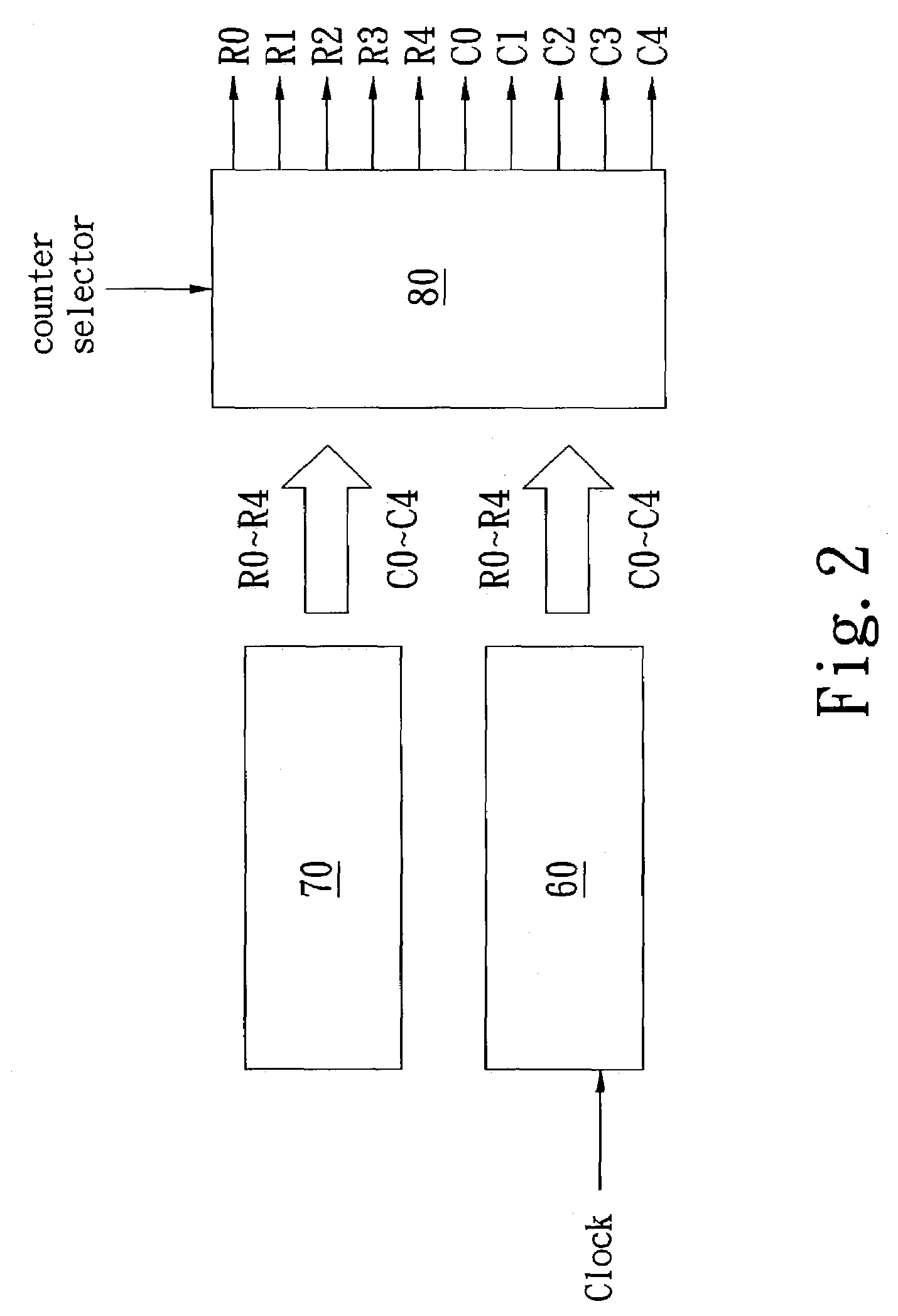Pseudo-BJT based retinal focal-plane sensing system
a focal-plane sensing and focal-plane technology, applied in the field of optical sensing systems, can solve the problems of reducing the current gain of pbjts, the chip area of silicon retina of resistor networks is still too large, and the ability to enable retina and cerebrum visual functions to be performed by silicon chips, so as to achieve contrast enhancement and effectively reduce the size of imaging data
- Summary
- Abstract
- Description
- Claims
- Application Information
AI Technical Summary
Benefits of technology
Problems solved by technology
Method used
Image
Examples
Embodiment Construction
[0026]This invention proposes a Pseudo-BJT based retinal focal-plane sensing system, which is a system with instant image sensing and front-end processing having the advantageous features of high dynamic range and instant image processing, etc. The invention is suitable to be applied in optical sensors, such as bar-code / character readers. This invention has the following features: Firstly, Adaptive current Schmitt trigger of the invention can be adjusted adaptively according to the value of induced photocurrent, which enhances noise immunity and eliminate noise disturbance. The proposed Pseudo-BJT focal-plane sensor circuit is operated in the subthreshold region. Therefore, the total power consumption of this invention is far less than that of BJT-based retinal sensor circuit. The noise disturbance sometimes misled the retinal sensor, that is, the sensor mistakes an unreality for a detected object owing to the impact of noise disturbance, thereby an adaptive current Schmitt trigger ...
PUM
 Login to View More
Login to View More Abstract
Description
Claims
Application Information
 Login to View More
Login to View More - R&D
- Intellectual Property
- Life Sciences
- Materials
- Tech Scout
- Unparalleled Data Quality
- Higher Quality Content
- 60% Fewer Hallucinations
Browse by: Latest US Patents, China's latest patents, Technical Efficacy Thesaurus, Application Domain, Technology Topic, Popular Technical Reports.
© 2025 PatSnap. All rights reserved.Legal|Privacy policy|Modern Slavery Act Transparency Statement|Sitemap|About US| Contact US: help@patsnap.com



